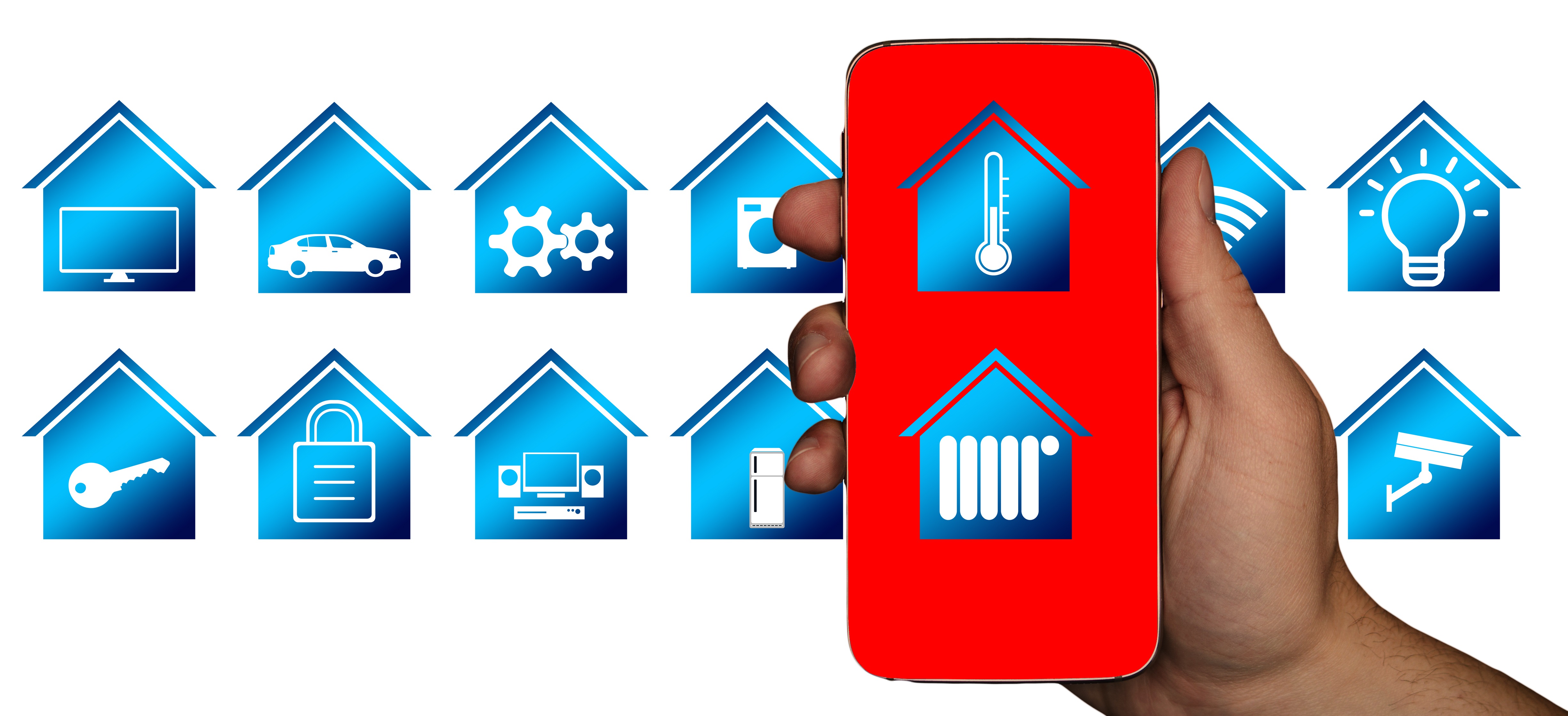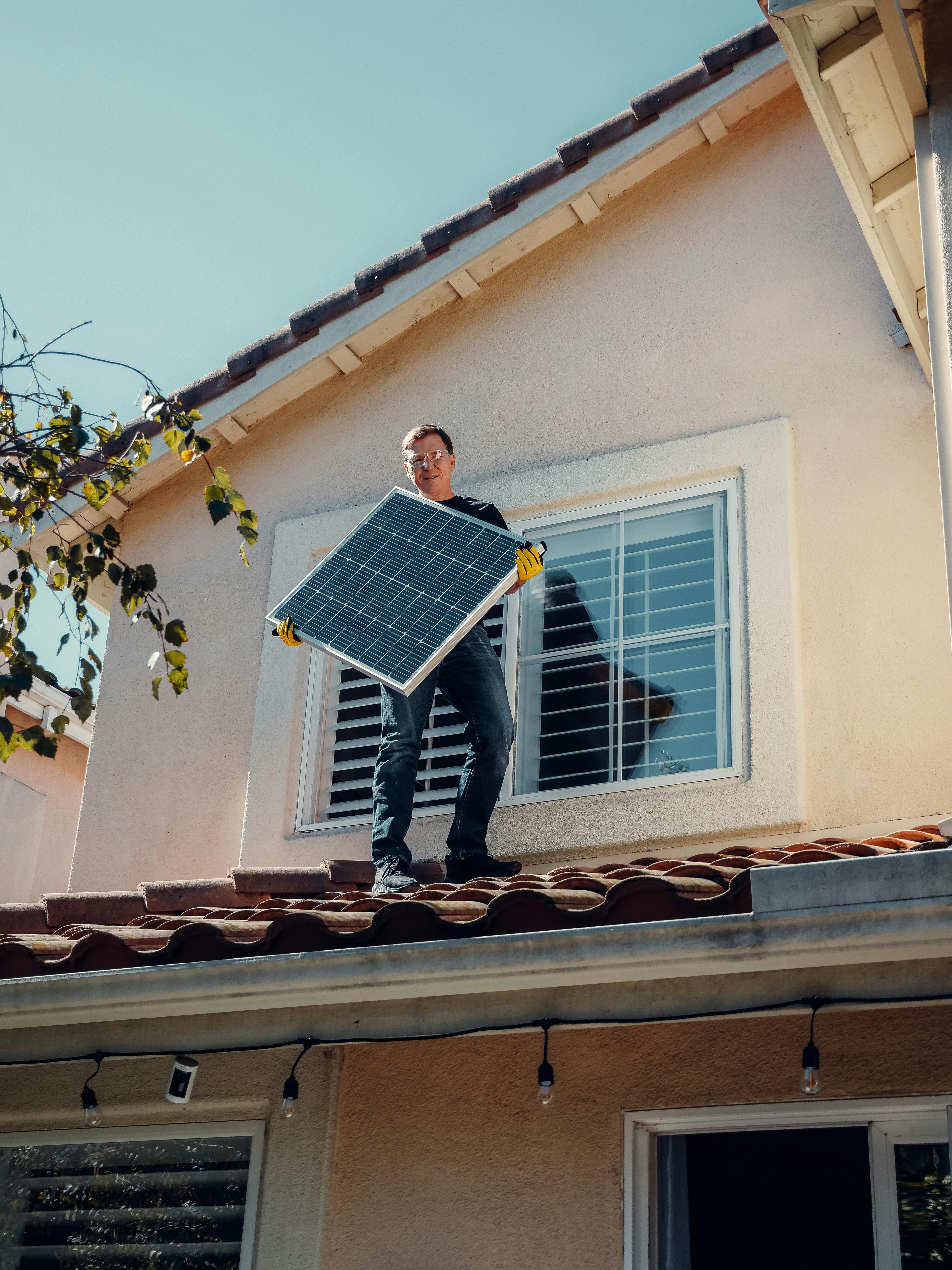
Energy Management in Smart Homes: Optimizing Power Usage with Home Automation
Published on: February 3, 2024
In a world increasingly driven by technology, smart homes have emerged as a pivotal innovation. They promise convenience, connectivity, and an unprecedented level of control over our living spaces. One of the most significant benefits of smart homes is their ability to optimize energy consumption, leading to reduced costs, enhanced sustainability, and a smaller environmental footprint. This article explores how smart home technologies help manage energy efficiently and sustainably, detailing practical solutions for homeowners and insights into the evolving future of energy management within connected living environments.
The Need for Smart Energy Management
As global energy demands grow, so does the need for effective energy management. Residential energy consumption accounts for a significant proportion of the world's total energy usage, and inefficient energy practices can lead to substantial waste and environmental harm. Rising energy costs and increased awareness of climate change have spurred homeowners to seek solutions that can optimize their energy consumption while reducing their carbon footprint.
Smart home technology has stepped in to address these challenges. By integrating automation, artificial intelligence, and the Internet of Things (IoT), smart homes empower homeowners to track, monitor, and control energy usage more precisely than ever before. From lighting and HVAC systems to appliances and electronics, smart devices enable a data-driven approach to achieving energy efficiency and sustainability.
Key Smart Devices for Energy Management
Smart Thermostats
One of the most effective ways to manage energy consumption in a smart home is through the use of smart thermostats. Devices like the Nest Learning Thermostat or Ecobee SmartThermostat allow homeowners to adjust temperature settings remotely via a smartphone or set customized schedules based on occupancy patterns.
Smart thermostats use sensors and algorithms to learn the habits of occupants and optimize temperature settings accordingly. This not only ensures comfort but also helps cut energy costs by preventing heating or cooling when it is unnecessary. By tracking indoor and outdoor temperatures, smart thermostats can adjust settings to achieve maximum efficiency.
A study by the American Council for an Energy-Efficient Economy (ACEEE) found that smart thermostats can reduce HVAC energy consumption by up to 10-15%. With heating and cooling typically accounting for nearly half of a home's energy usage, this reduction can significantly lower energy bills and contribute to more sustainable living.
Smart Lighting Systems
Lighting accounts for around 10-15% of residential energy consumption, and inefficient lighting can be a major contributor to energy waste. Smart lighting systems, such as Philips Hue or LIFX, are designed to eliminate this waste by providing more precise control over when and how lights are used.
Smart lighting can be controlled through a smartphone, voice commands, or even automatically using motion sensors. For instance, lights can be set to turn off automatically when no one is in the room or dimmed according to natural light levels. Additionally, integrating smart lighting with other smart home systems can create more sophisticated energy-saving scenarios, such as synchronizing lighting with smart blinds to optimize natural light use during the day.
The integration of LED technology, which is inherently energy-efficient, further boosts the potential for saving energy with smart lighting systems. LED bulbs use up to 80% less energy than traditional incandescent bulbs, and smart controls allow for further reductions in energy usage.
Smart Plugs and Outlets
A lesser-known but highly effective way to manage energy usage is through smart plugs and outlets. These devices allow users to control when connected appliances are on or off. For instance, smart plugs can be used to ensure that devices like coffee makers, televisions, and gaming consoles are not consuming standby power when not in use—a phenomenon known as "phantom load."
Smart plugs can also be integrated into routines and schedules, ensuring that energy consumption is minimized during peak energy hours. With data on power usage, homeowners can make informed decisions about which appliances contribute most to energy costs and adjust their usage patterns accordingly.
Energy Monitoring Tools and Insights
One of the most empowering aspects of smart homes is the ability to monitor energy consumption in real-time. Smart energy monitors, such as Sense or Emporia Vue, provide detailed insights into the energy consumption patterns of the entire household. These devices connect to a home’s electrical panel and offer a granular view of where energy is being used, down to individual appliances and devices.
Energy monitors typically come with apps that provide historical usage data, identify trends, and even alert users to unusual consumption patterns that could indicate inefficiencies or faulty appliances. The combination of visibility and control allows homeowners to proactively adjust their behaviors and settings to maximize efficiency.
Practical Tips for Integrating Energy Management into Smart Homes
While smart devices provide powerful tools for managing energy consumption, achieving the highest levels of efficiency requires thoughtful integration and usage. Here are some practical tips for homeowners looking to optimize energy management through smart home automation:
Start Small: You don't need to overhaul your entire home to begin saving energy. Start by adding a smart thermostat or a few smart plugs, and build your system from there.
Create Routines: Automate routines that are aligned with your daily schedule—for instance, dimming lights during movie nights or setting the thermostat to energy-saving mode when you're away at work.
Leverage Energy Data: Use data provided by smart energy monitors to gain insights into your home's energy consumption. This can help identify appliances that consume too much power and allow you to adjust usage accordingly.
Optimize Device Settings: Many smart devices come with advanced settings that can further reduce energy usage. For instance, smart thermostats have eco modes, and smart lighting can be programmed to gradually adjust based on daylight availability.
Integrate with IoT Platforms: Connecting all your smart devices to a centralized IoT platform (like Amazon Alexa or Google Home) makes managing energy much easier and more intuitive.
Benefits of Smart Home Energy Management
The benefits of using smart home technology to manage energy consumption are numerous, extending beyond just cost savings. Here are some of the most compelling advantages:
Lower Energy Bills: By optimizing heating, cooling, and electricity usage, smart homes can reduce overall energy bills by up to 30% in some cases.
Enhanced Comfort: Smart devices work automatically to create a comfortable environment, without the need for constant manual adjustments.
Environmental Sustainability: Lower energy usage means a smaller carbon footprint. By reducing reliance on fossil fuels for heating and electricity, smart homes contribute to a more sustainable future.
Convenience: Automations, routines, and remote control make managing energy consumption convenient and hassle-free.
Resilient and Adaptive Systems: With the increasing unpredictability of the energy grid, smart homes can adapt to real-time pricing and power availability, reducing load during peak times and utilizing energy storage during outages.
Challenges and Considerations
Despite the benefits, there are challenges that come with the adoption of smart energy management systems. One key challenge is compatibility. Not all smart devices work seamlessly with one another, and homeowners may need to carefully select products that integrate well within a unified system.
Privacy and Security is another consideration, as IoT devices that collect and share data can be vulnerable to cyberattacks. Ensuring that devices are secure and updated regularly is essential to safeguarding your smart home from unauthorized access.
Initial Costs can also be a barrier. While smart devices often lead to long-term savings, the upfront costs can be significant. However, as technology continues to advance and economies of scale reduce costs, smart home systems are becoming increasingly accessible to a broader range of homeowners.
The Future of Sustainable Smart Homes
Looking ahead, the trend of integrating renewable energy sources, like solar panels, into smart homes will become more widespread. Solar energy, paired with home batteries, can be managed efficiently through smart home platforms, allowing homeowners to store excess energy and use it during peak demand times. This reduces reliance on the grid and creates a more resilient and sustainable energy system.
Further, advances in AI and machine learning are enabling smart devices to become even more autonomous and proactive in managing energy consumption. For instance, AI-powered energy management systems can predict energy needs based on weather forecasts, occupancy patterns, and historical data, optimizing usage automatically.
Vehicle-to-Home (V2H) technology is also gaining momentum. Electric vehicles (EVs) can be integrated into smart home energy systems, providing power to the home during outages or periods of high energy demand. This integration adds another layer of energy resilience, making smart homes even more capable of managing their energy needs independently.
The concept of energy communities is another exciting development. These are neighborhoods that collectively generate, store, and manage energy, sharing resources among homes to balance supply and demand efficiently. By working together as a community, homeowners can reduce their energy costs and dependence on the grid while maximizing the benefits of renewable energy.
Smart homes are transforming the way we think about energy management, providing homeowners with the tools to reduce energy consumption, save money, and contribute to a more sustainable future. By leveraging smart thermostats, lighting, plugs, and energy monitors—all integrated through IoT platforms—homeowners have greater control over their energy usage than ever before.
The integration of automation, data analytics, and renewable energy will continue to evolve, driving even greater efficiency and sustainability in smart homes. The journey toward an energy-optimized home begins with a few simple steps—like investing in a smart thermostat or a set of smart plugs—and grows into a comprehensive, interconnected system that not only enhances comfort but also protects the environment. The future of home energy management is bright, and smart homes are leading the charge toward a smarter, greener, and more efficient world.
